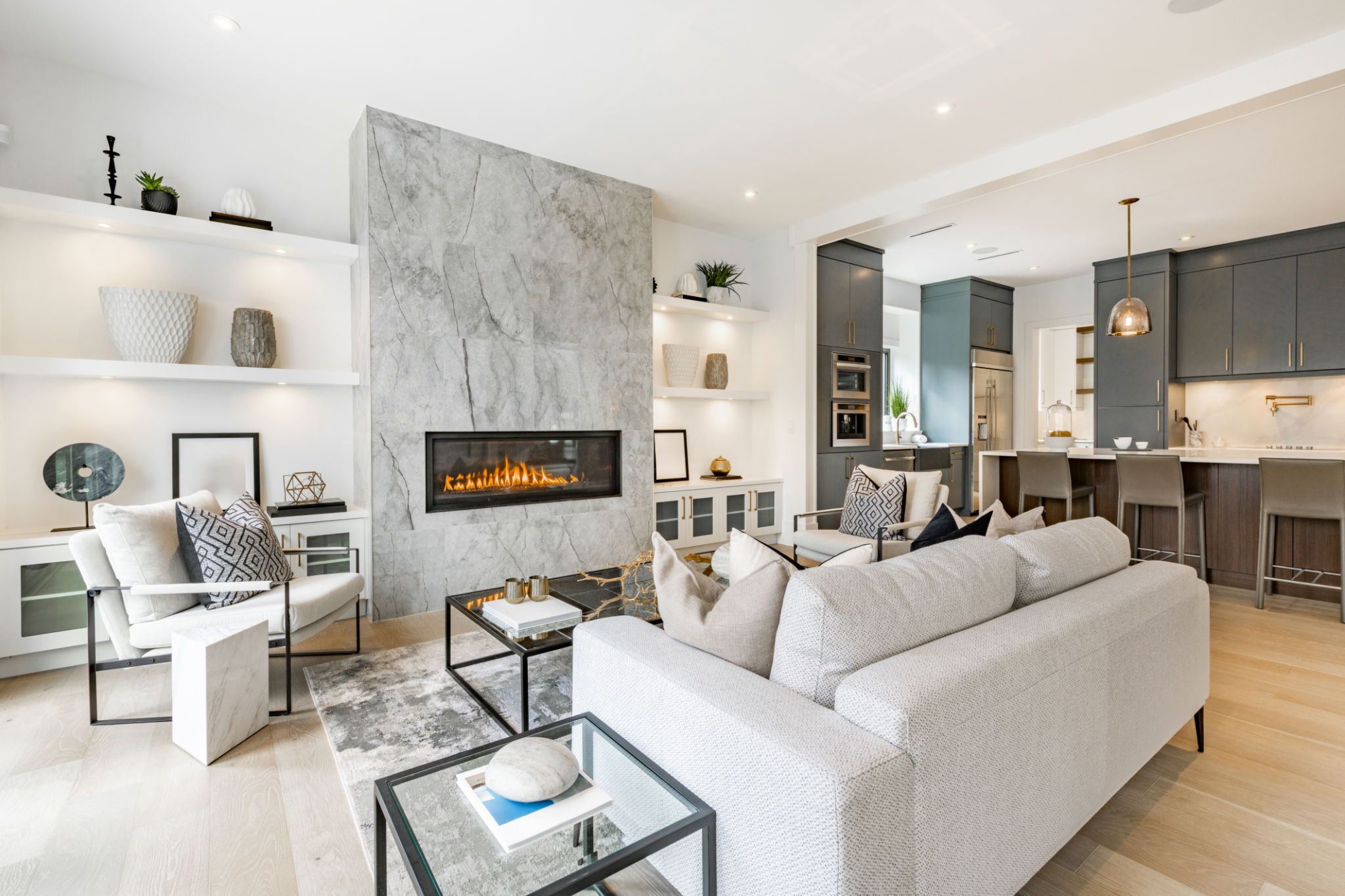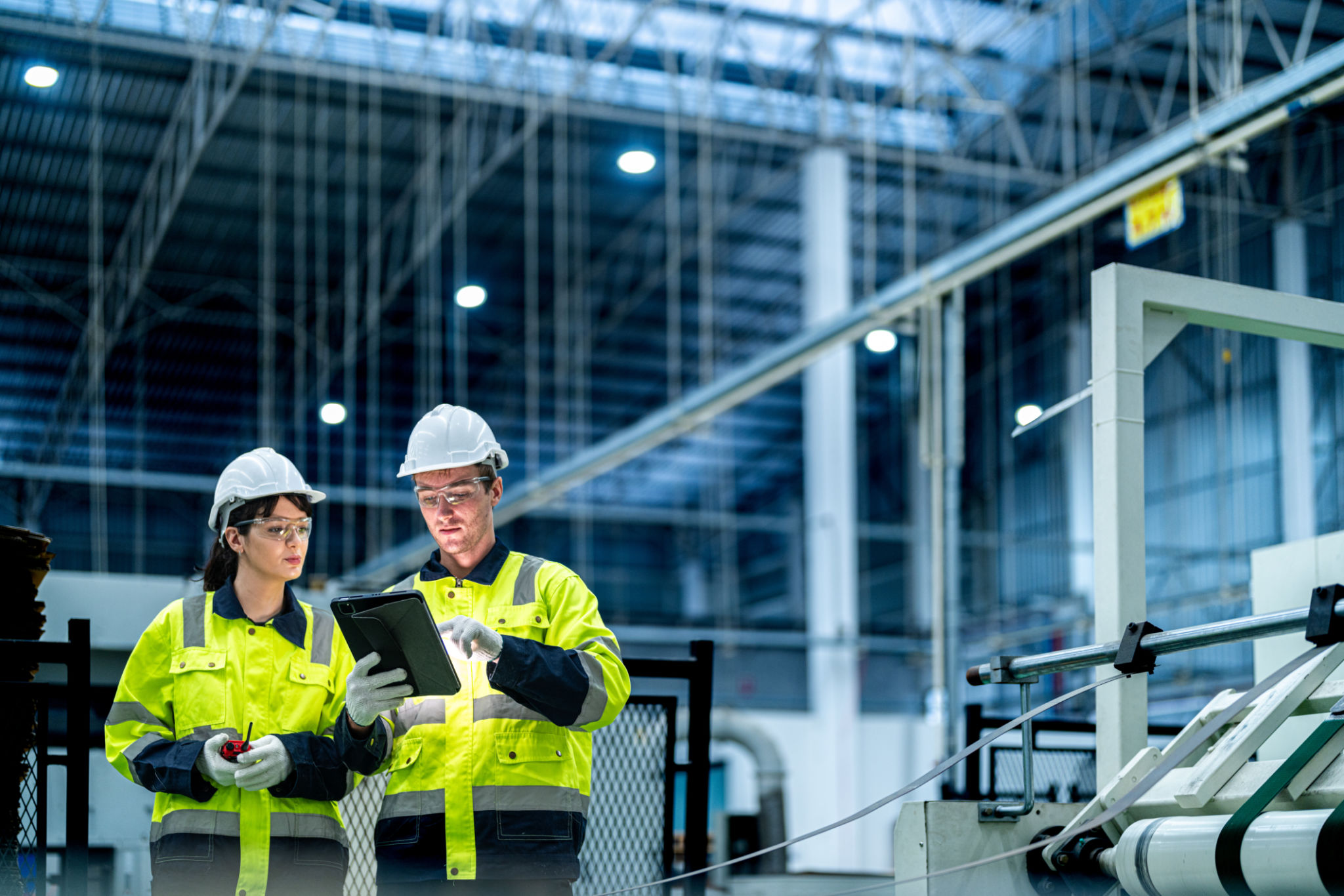Understanding the Process: From Design to Delivery of Your Prefabricated Home
The Journey Begins: Initial Design Phase
The process of creating a prefabricated home begins with the design phase. This is an exciting stage where your dreams start to take shape. You'll work closely with architects and designers to create a blueprint that reflects your style, needs, and budget. During this phase, it's crucial to discuss your preferences in detail, including layout, materials, and any custom features you desire. The goal is to develop a comprehensive plan that ensures your new home will meet your expectations and lifestyle.
Utilizing modern technology, many companies offer virtual reality tools to help you visualize your design. This innovative approach allows you to walk through your home before it's even built, making it easier to make informed decisions about changes and improvements.

Engineering and Approval
Once your design is finalized, the next step is engineering. This phase involves creating detailed technical drawings and specifications that ensure the structural integrity of your home. Engineers will assess various factors, such as load-bearing walls, electrical systems, and plumbing layouts, to guarantee everything complies with local building codes.
After the technical details are sorted out, the plans must go through an approval process. This involves submitting them to local authorities for review and obtaining necessary permits. While this step can take some time, it is essential for ensuring that your prefabricated home is not only aesthetically pleasing but also safe and legal.
Manufacturing: Bringing Designs to Life
With approvals in hand, the manufacturing phase can begin. Unlike traditional homes built on-site, prefabricated homes are constructed in a controlled factory environment. This method offers several advantages, including protection from weather-related delays and enhanced quality control.
During this stage, various components of your home—such as walls, floors, and roof sections—are fabricated using precision machinery. Each piece is crafted according to the exact specifications outlined in your design plan, ensuring a perfect fit when it all comes together on-site.

Transportation and Assembly
Once manufacturing is complete, the next step is transporting the prefabricated components to your building site. Specialized trucks and equipment are used to ensure safe delivery. Proper logistics planning is crucial to avoid delays and ensure timely arrival.
Assembly is where your home truly starts to take shape. Skilled workers use cranes and other machinery to place each component precisely according to the design plan. The process is typically quicker than traditional building methods, often taking just a few days or weeks to complete.
Final Touches: Interior and Exterior Finishing
After assembly, attention turns to finishing touches. This includes installing interior elements such as cabinetry, flooring, and fixtures. Exterior finishes like siding and landscaping are also completed during this phase. This is an exciting time when your vision becomes a reality.

Quality checks are conducted throughout this stage to ensure everything meets high standards. Regular communication with the project manager can help address any concerns or last-minute changes you might have.
Handover: Moving Into Your New Home
The final phase of the process is the handover. Once all inspections are passed and paperwork is finalized, you’ll receive the keys to your new home. This moment marks the culmination of months of planning, design, and collaboration.
Moving into a prefabricated home offers numerous benefits: energy efficiency, sustainability, and reduced construction waste. As you settle in, you'll enjoy the comforts of a home tailored precisely to your needs—all delivered through a streamlined and efficient process.
